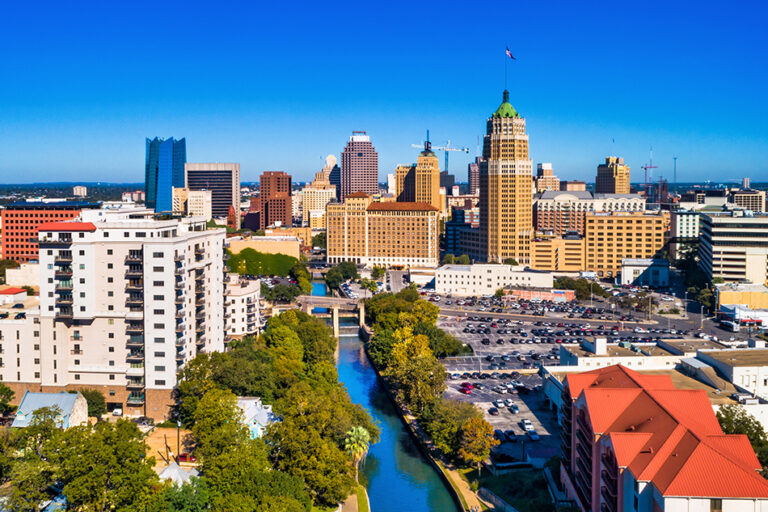If this autumn seems dryer than most, it’s not your imagination. September and October are typically among San Antonio’s rainiest months. But not this year. In fact, this fall has been one of the driest and warmest our region has endured since the turn of the 21st century.
 There’s a misconception that because summer is over, so is the drought. But that’s simply not true.
There’s a misconception that because summer is over, so is the drought. But that’s simply not true.
“Actually, the last five years are comparable to the ‘drought of record’ in the 1950s when the Edwards Aquifer level dropped to record lows,” said Karen Guz, SAWS vice president of conservation.
In addition to stressing the region’s main water supply, the extended drought is also responsible for drying out the soil, causing an all-time high number of water main breaks.
The good news is SAWS plans for extreme droughts just like this one, and is ready to weather the storm — or in this case, lack of storms. Thirty years ago, 100 percent of our water came from the Edwards Aquifer. Today, SAWS manages 13 supply projects from seven different sources.
“The difference between the ‘50s and now is that San Antonio is prepared to successfully manage severe drought with diversified water supplies and reasonable conservation programs,” Guz said, adding that customers have responded well to new watering rules.
Needless to say, now is not a good time to invest in new grass or other thirsty plants. Under the new rules, excess watering can be expensive. A drought surcharge will apply when residential water use goes above 20,000 gallons per month. And there are no variances for new plants.
A friendly reminder to homeowner associations: local ordinance prohibits requiring residents to refresh their landscapes with new grass or to water existing grass.
For more information on watering rules, visit saws.org/drought.
